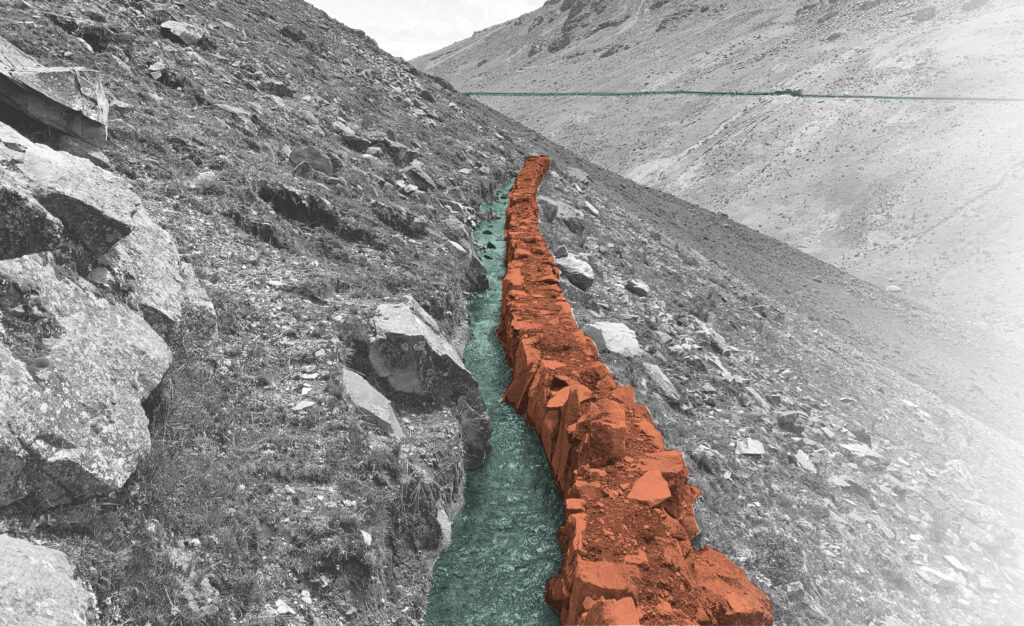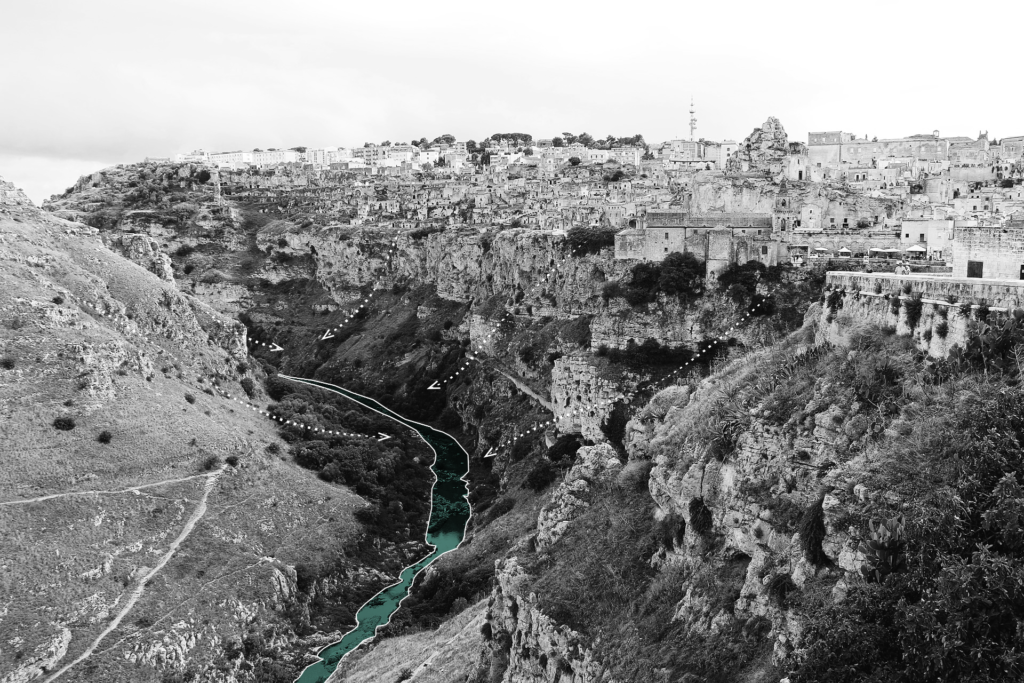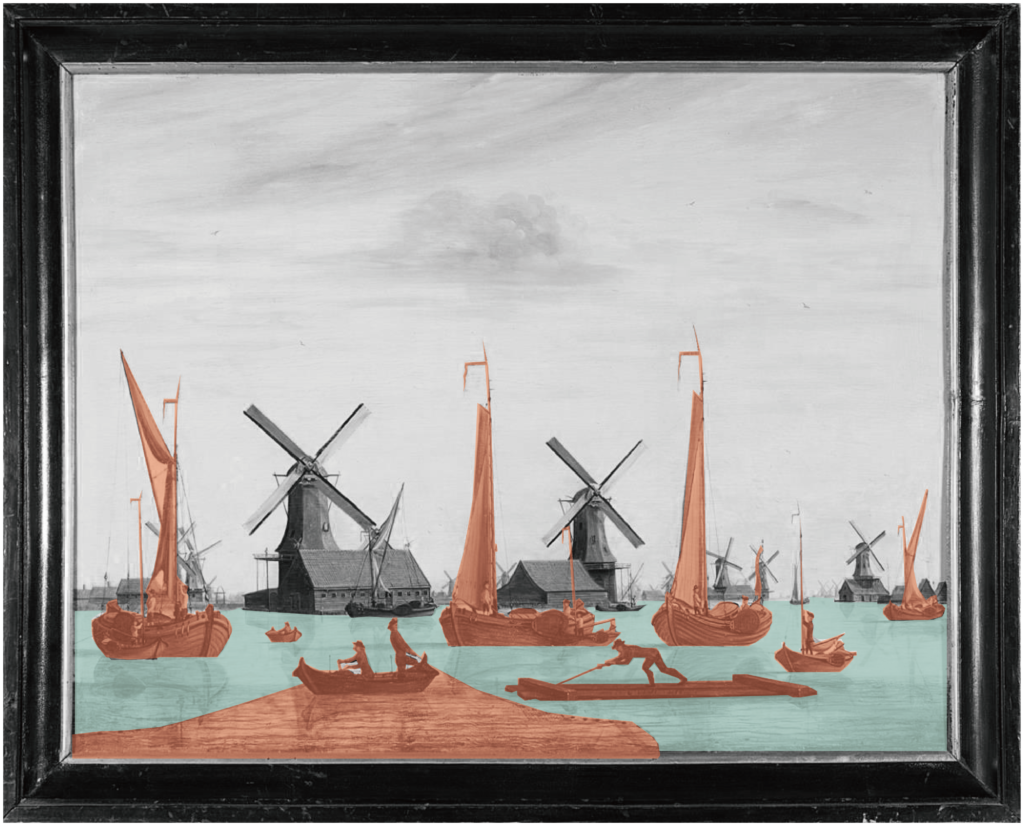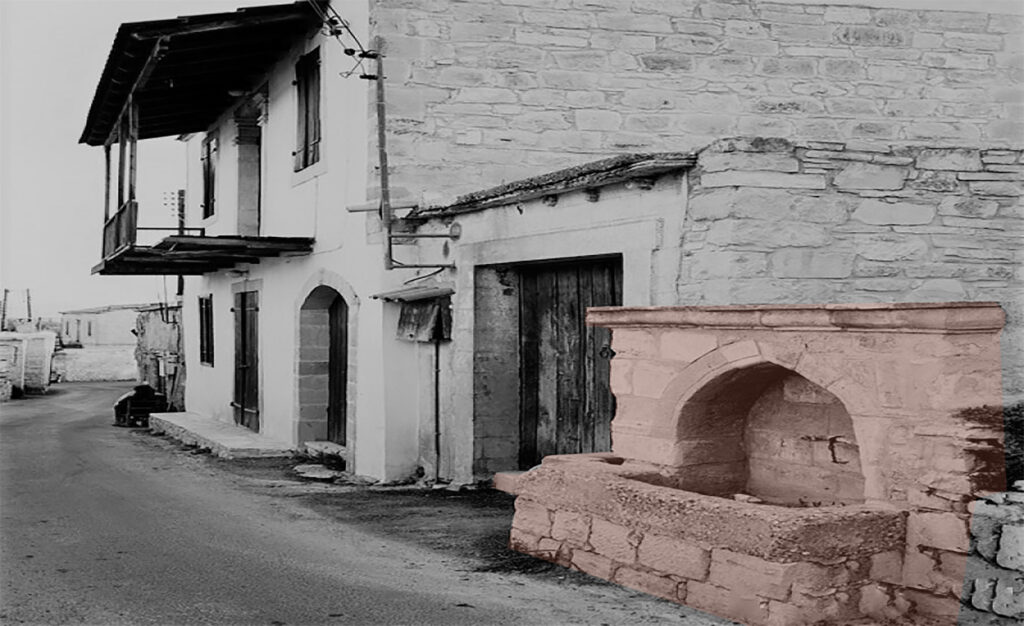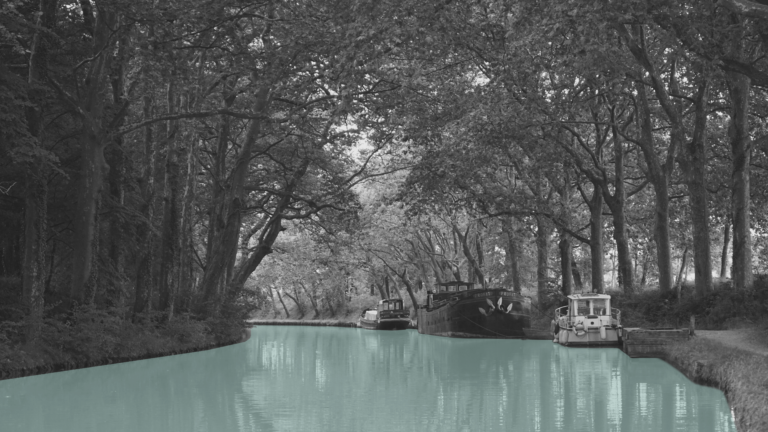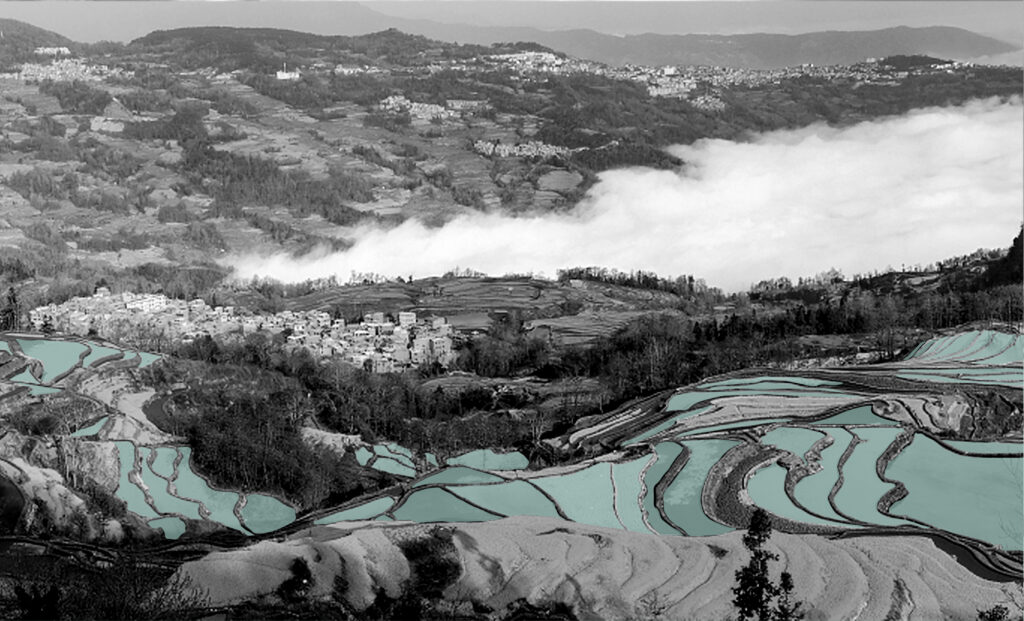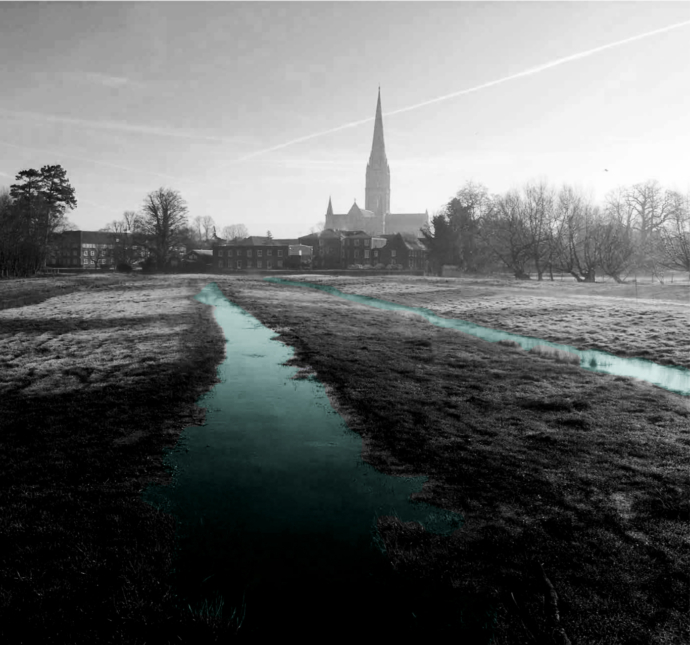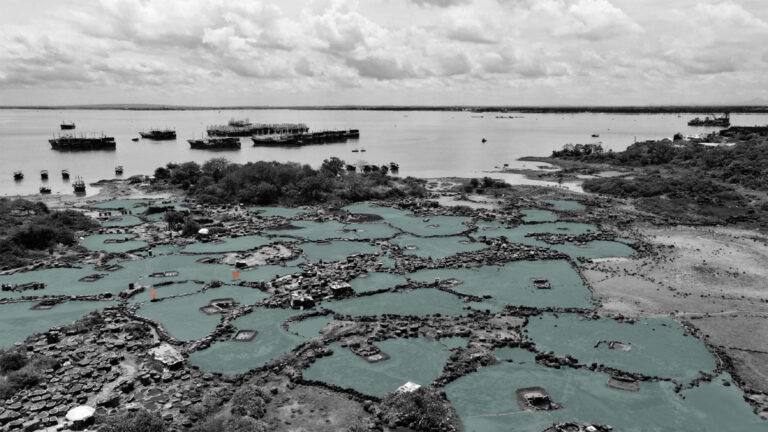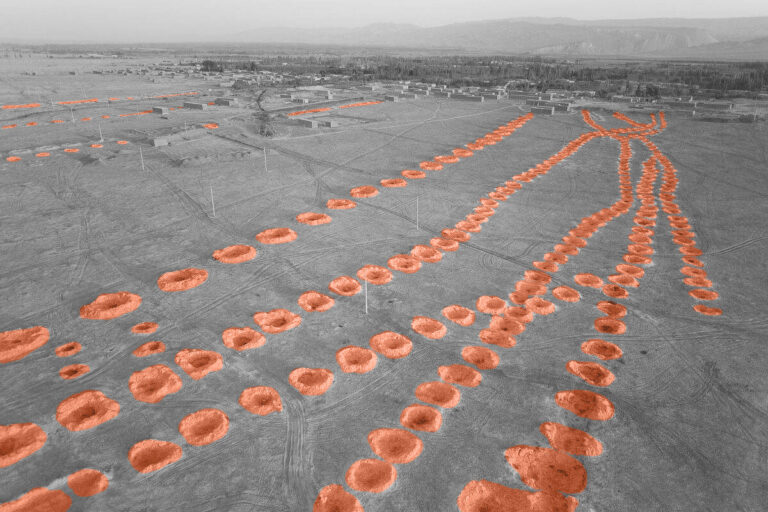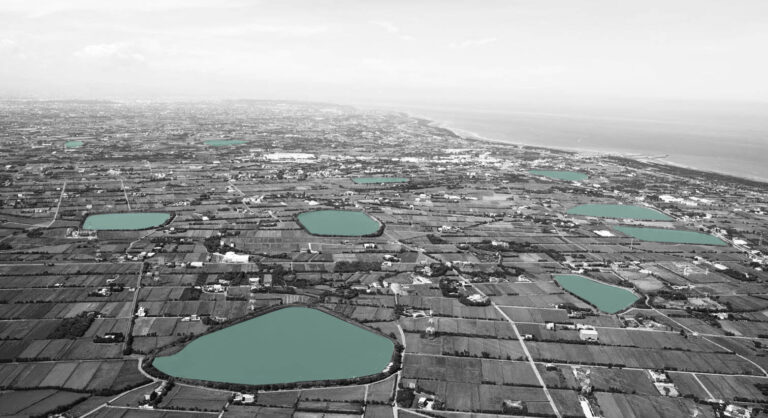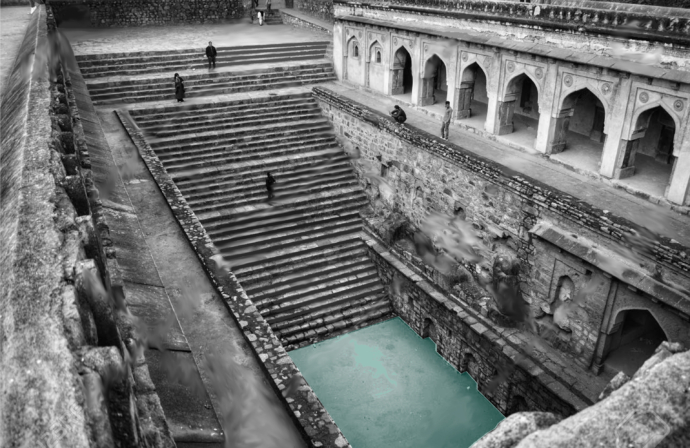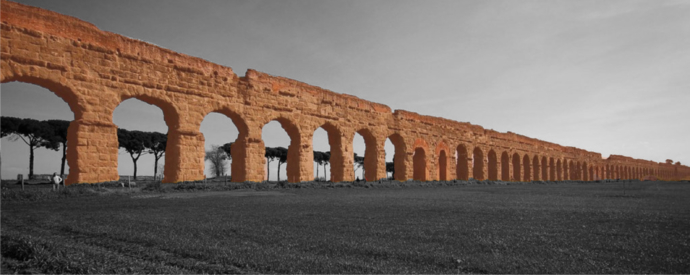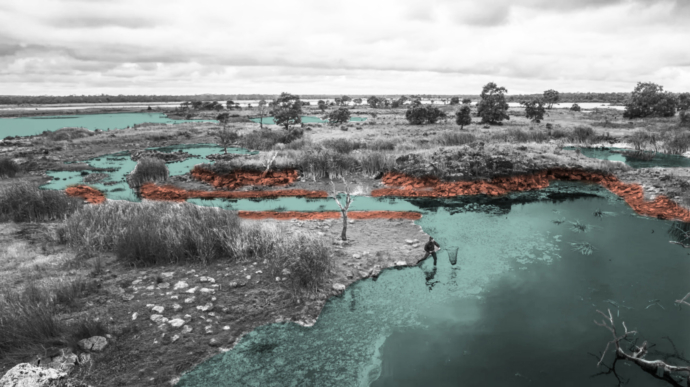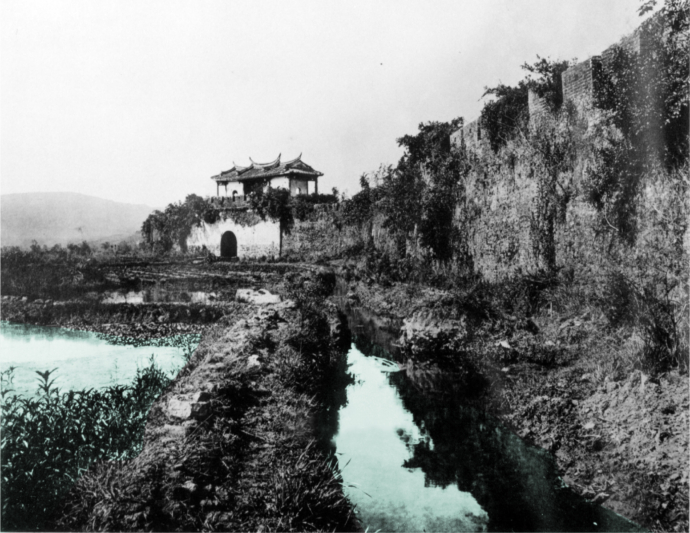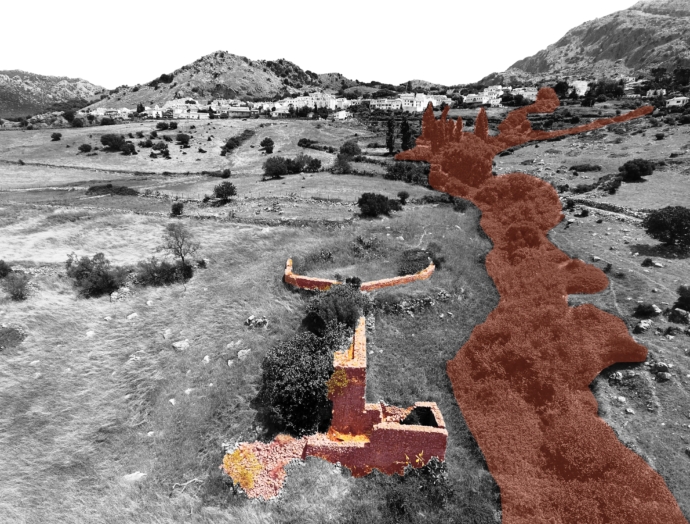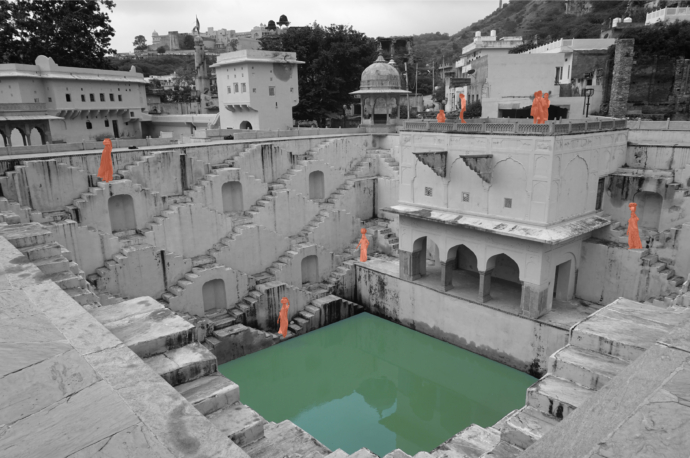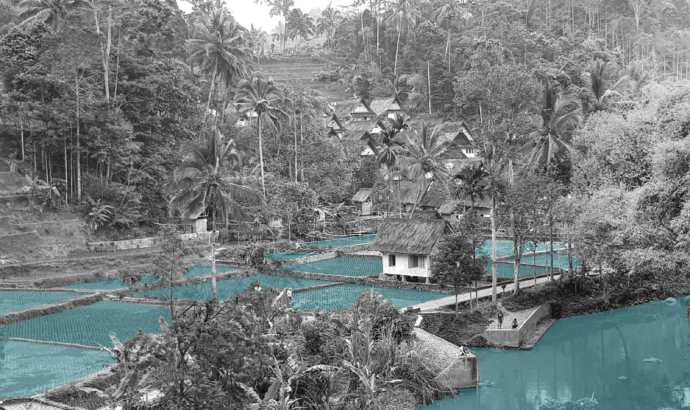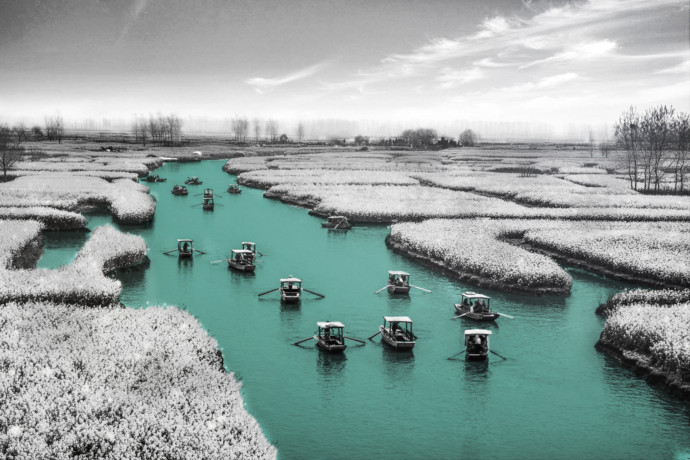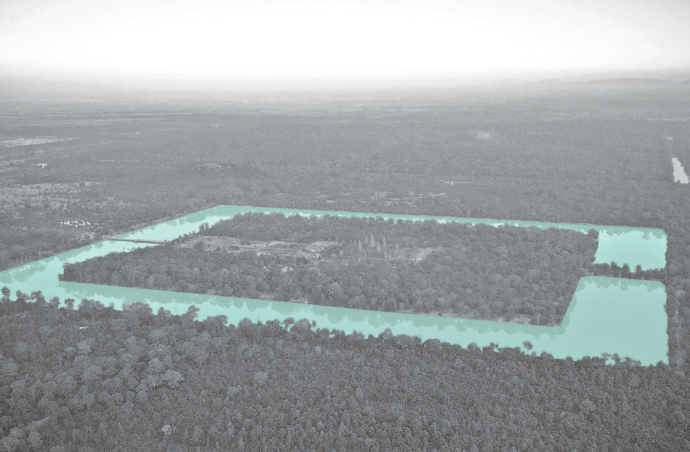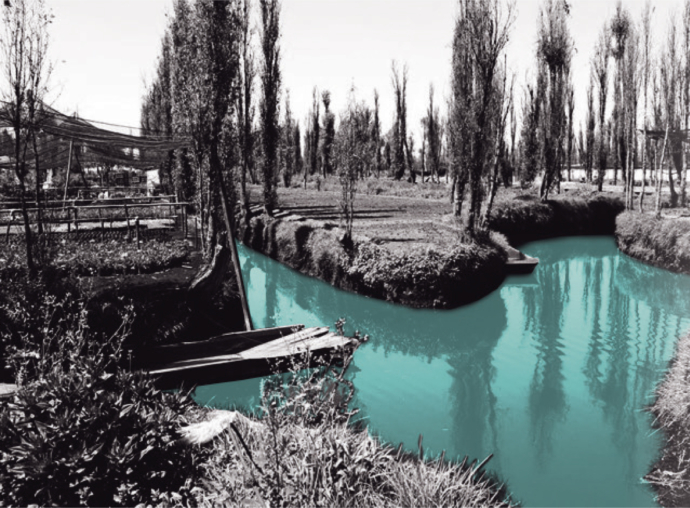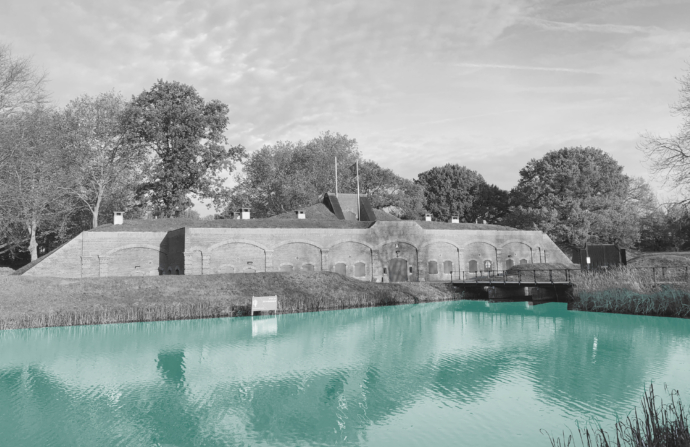Traditional Water Systems can be read as comprehensive systems closely connected to the landscape and its people.
The transformation of the water system asked for precise readings of the landscape and the necessity to find a new balance between water and land, permeable and impermeable surfaces. These systems are developed over a long period by trial and error and because of this store knowledge, especially on adaptation to an ever-changing context.
2018-19
The illustrative method is used as a starting point to analyze the rationality of water management, its spatial appearance as part of the landscape and the way people constructed and used the water systems over time. Within this framework, there is freedom for the students to develop their hand-writing. Each analysis consists of drawings which illustrate:context (a short introduction and description of the project); catchment area (the water system on the regional scale combined with the topography map); climate (a diagram of climate zone combined with precipitation over the year); transformation (a sequence of the system showing its development over a more extended period); stories (photos of the past and/or today in which actions with water are indicated); water system (a technical water management drawing); circular (sections and diagrams in which the interaction between water system, people and ecology are explained related to time aspect); details (to understand more about the making of the traditional water system); conclusions (a list of values and lessons to be learned). The analyses on the values are based on heritage values of the PhD work of G. Rivero-Lamela (2020) and altered by I. Bobbink:
Landscape values
Natural landscapes are transformed into cultural landscapes; by doing so, the natural landscape is architectonically pronounced.
Strategic values
Smart use of the site to achieve maximum profitability with the minimum resources and infrastructures by taking advantage of natural elements, topographic changes, slopes, river bends…
Functional values
Water systems are constructions with simple formal and practical solutions.
Material and tangible values
Water elements and waterworks are a source of knowledge of construction techniques, materials from the surrounding area are used to adapt to climate and lithology and to express rituals.
Values of sustainability
Using regional materials (nonpolluting materials) to make for examples a waterwork, maintaining and repairing it whenever needed. The water stays as long as possible in the subsystem and is used for different purposes. Clean water is released into the natural system.
Ethnographic and identity values
To encompass the knowledge of what was the main activities of the region.
Lessons to learn
The CWS Graduation Lab focuses on the spatial, ecological and interactivity of human-made water systems. The outcome of the research is a source of knowledge and inspiration for future design.


